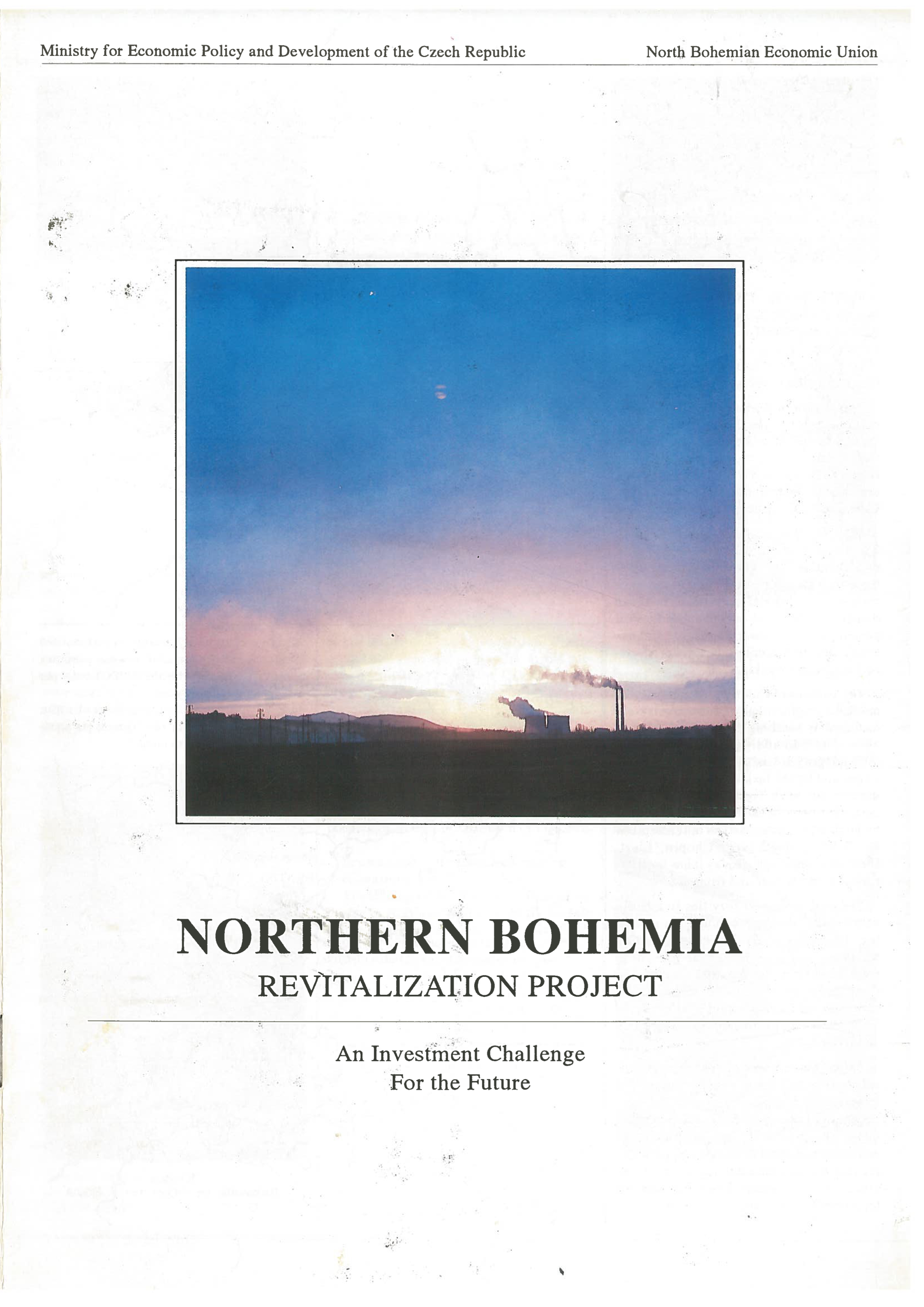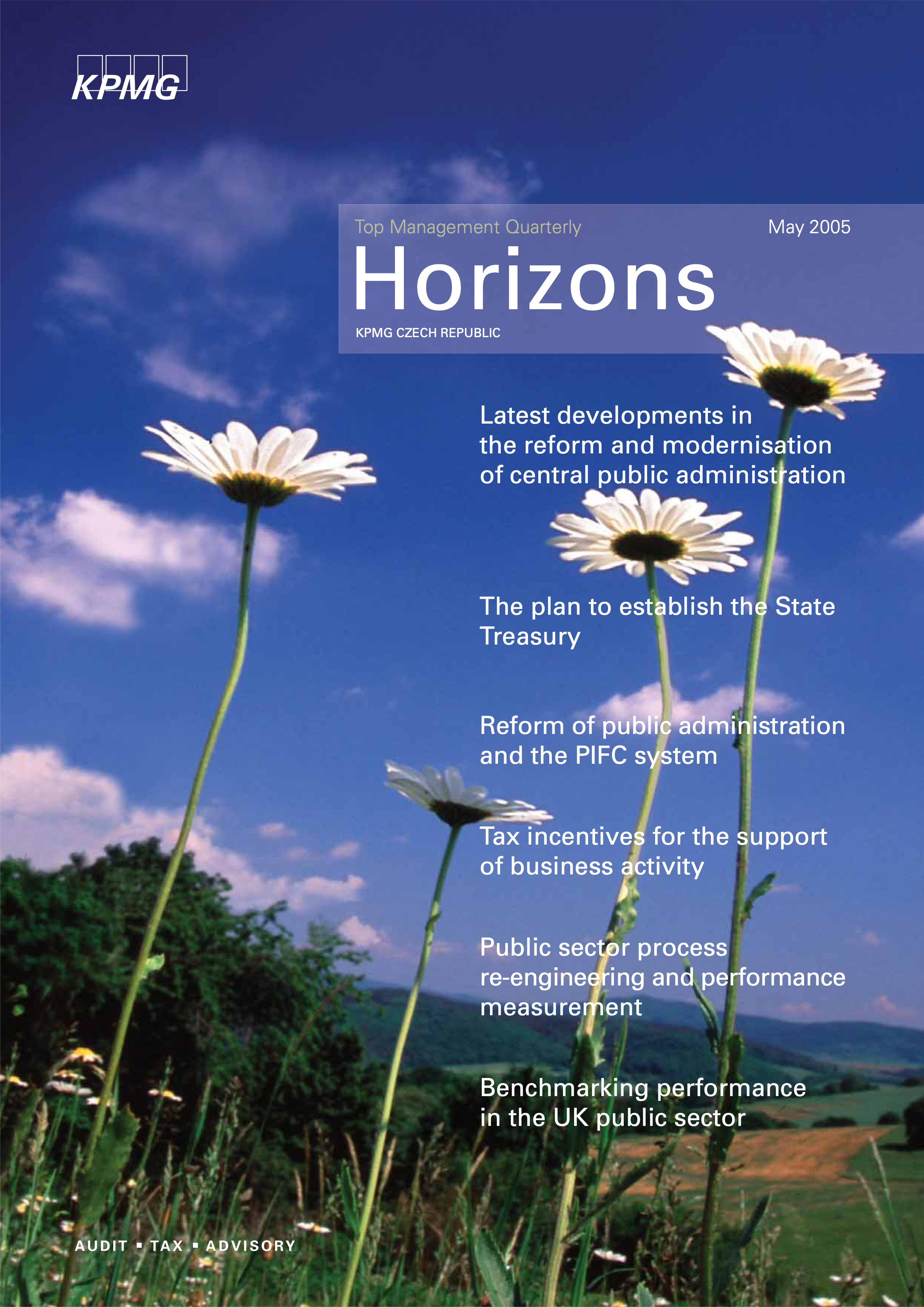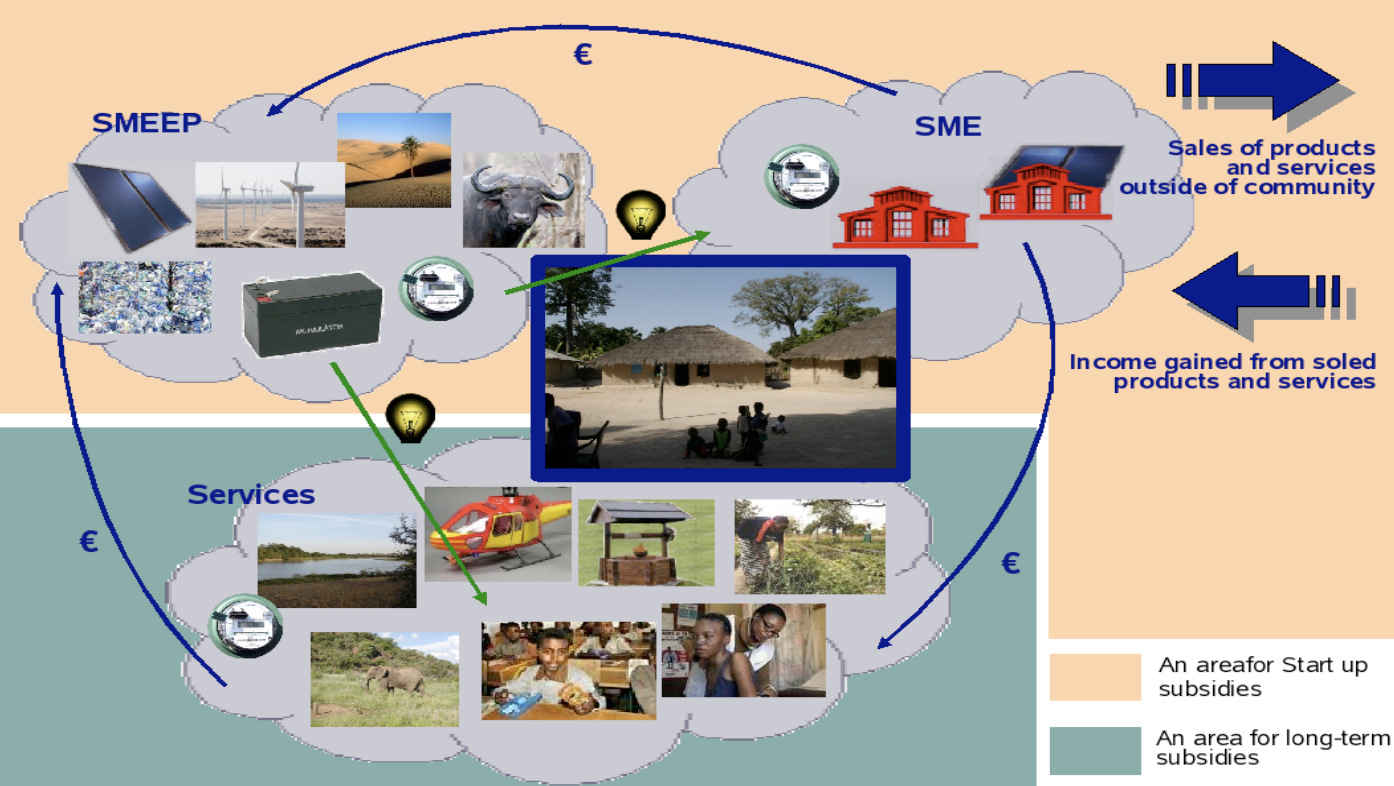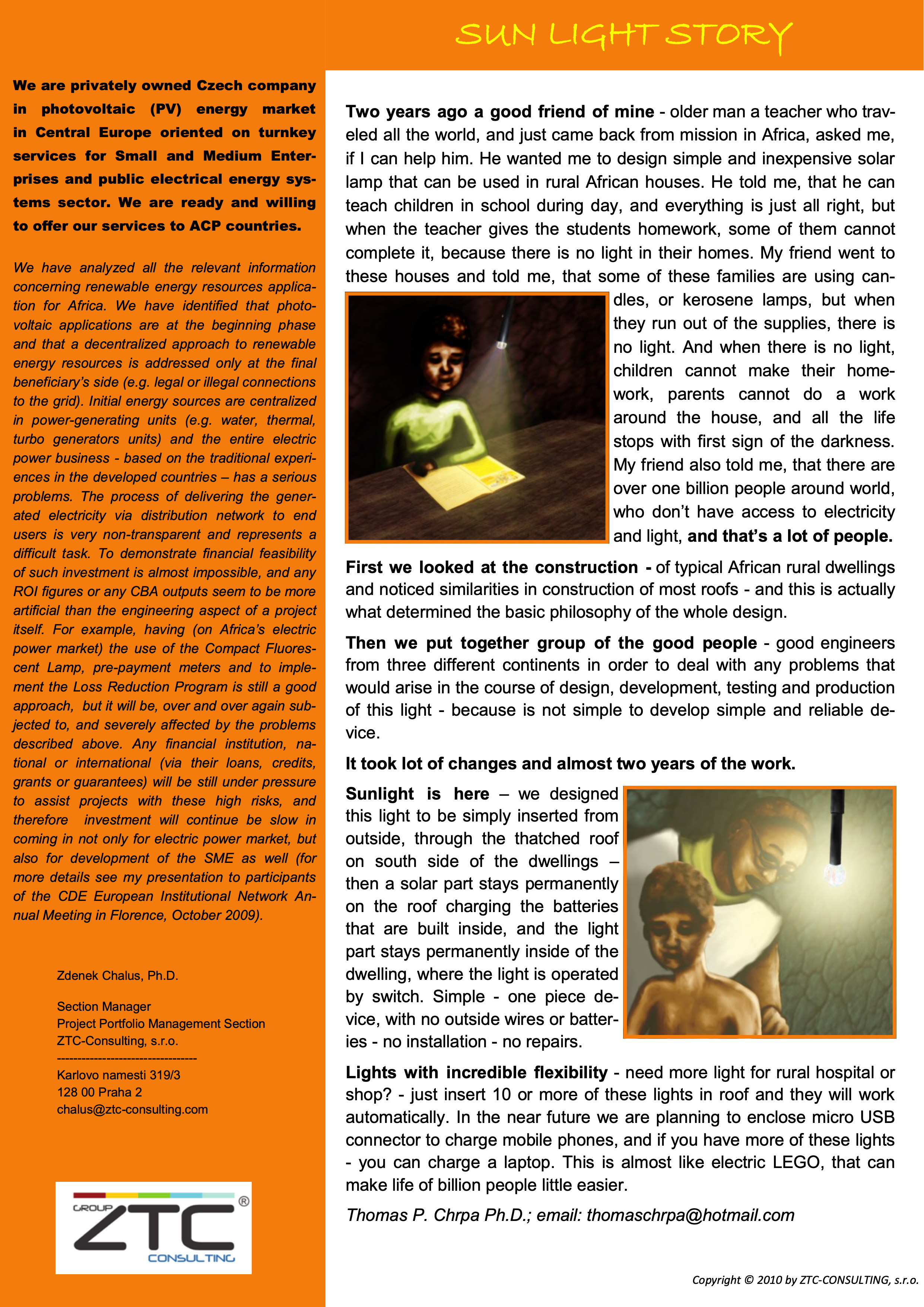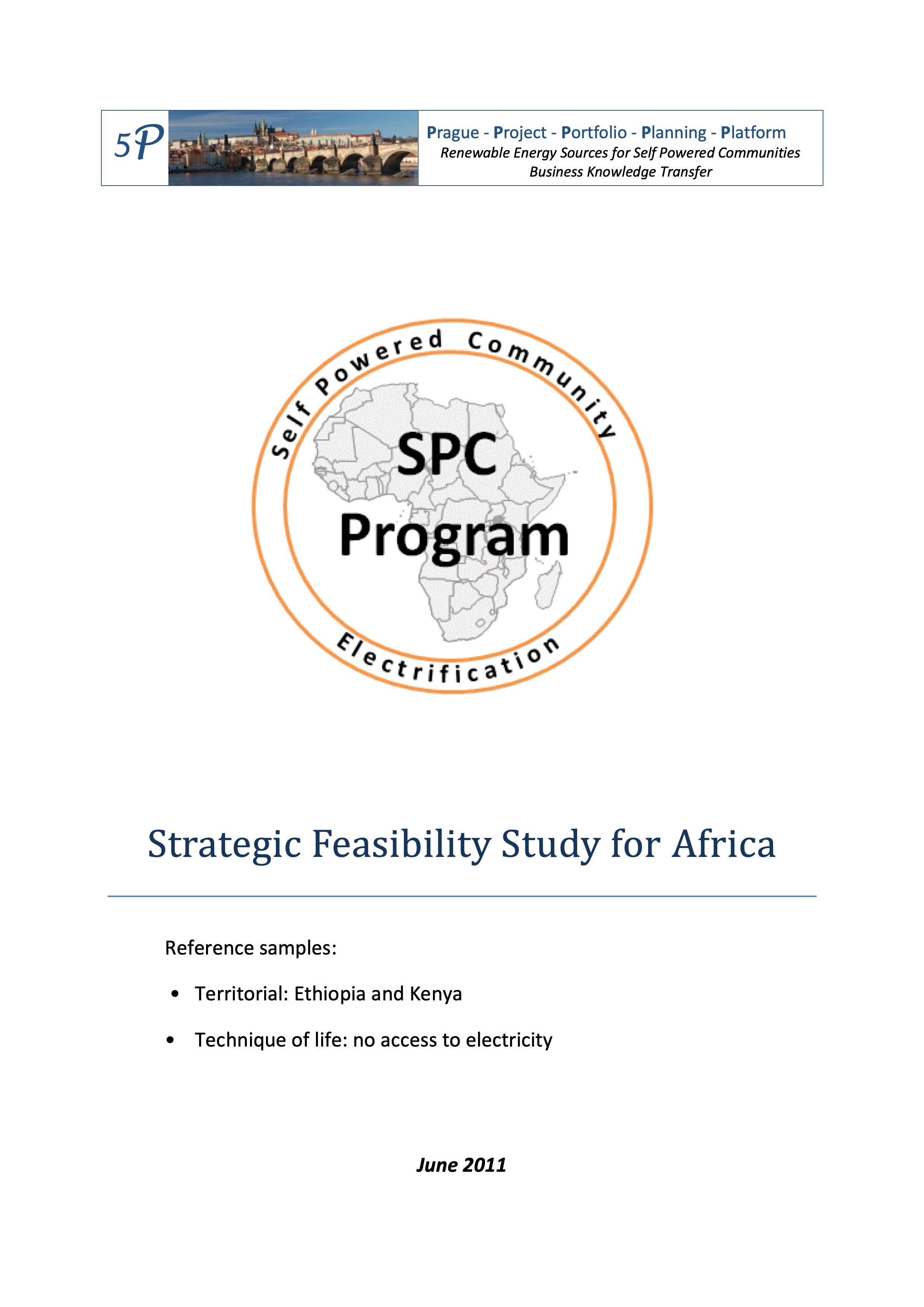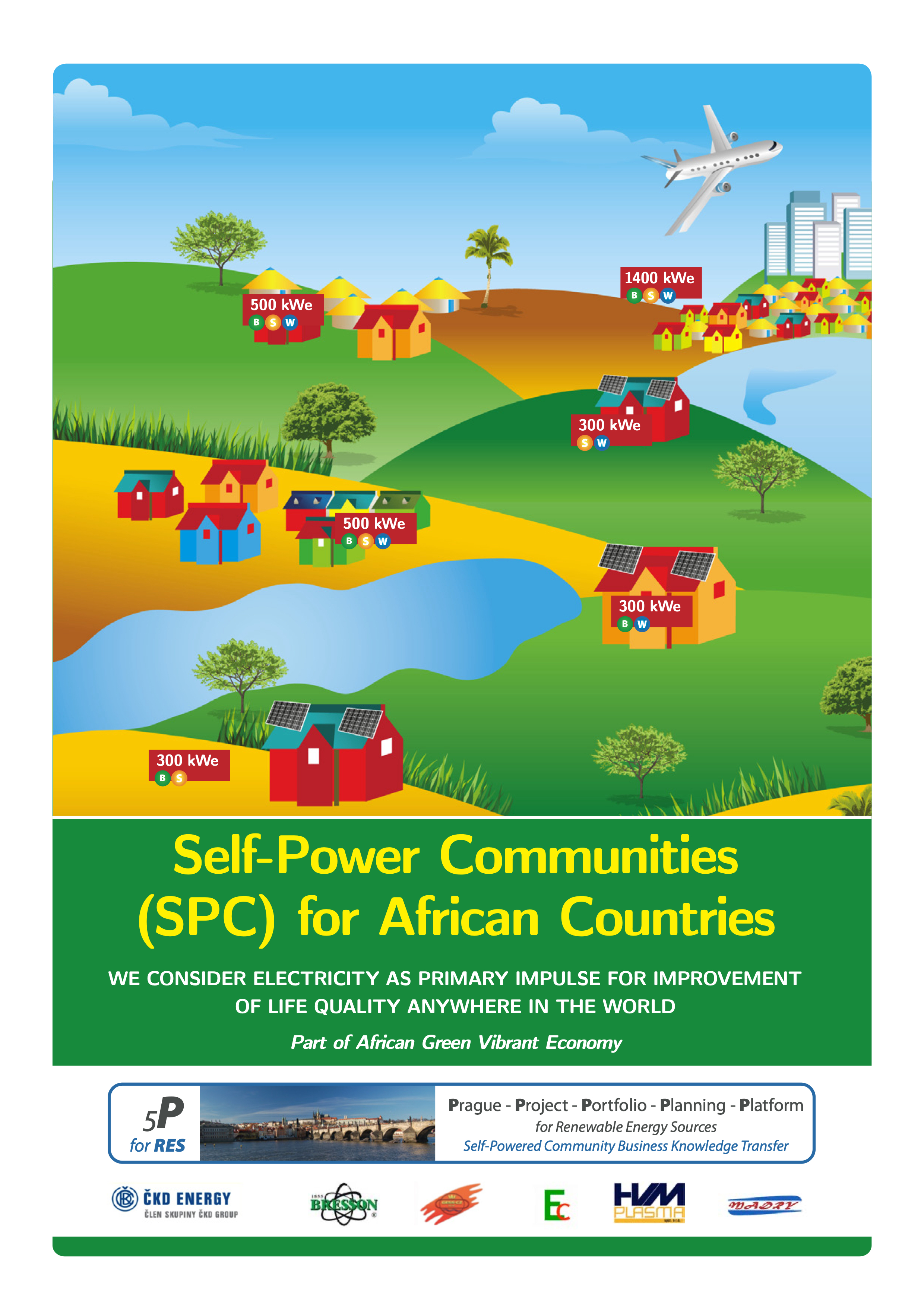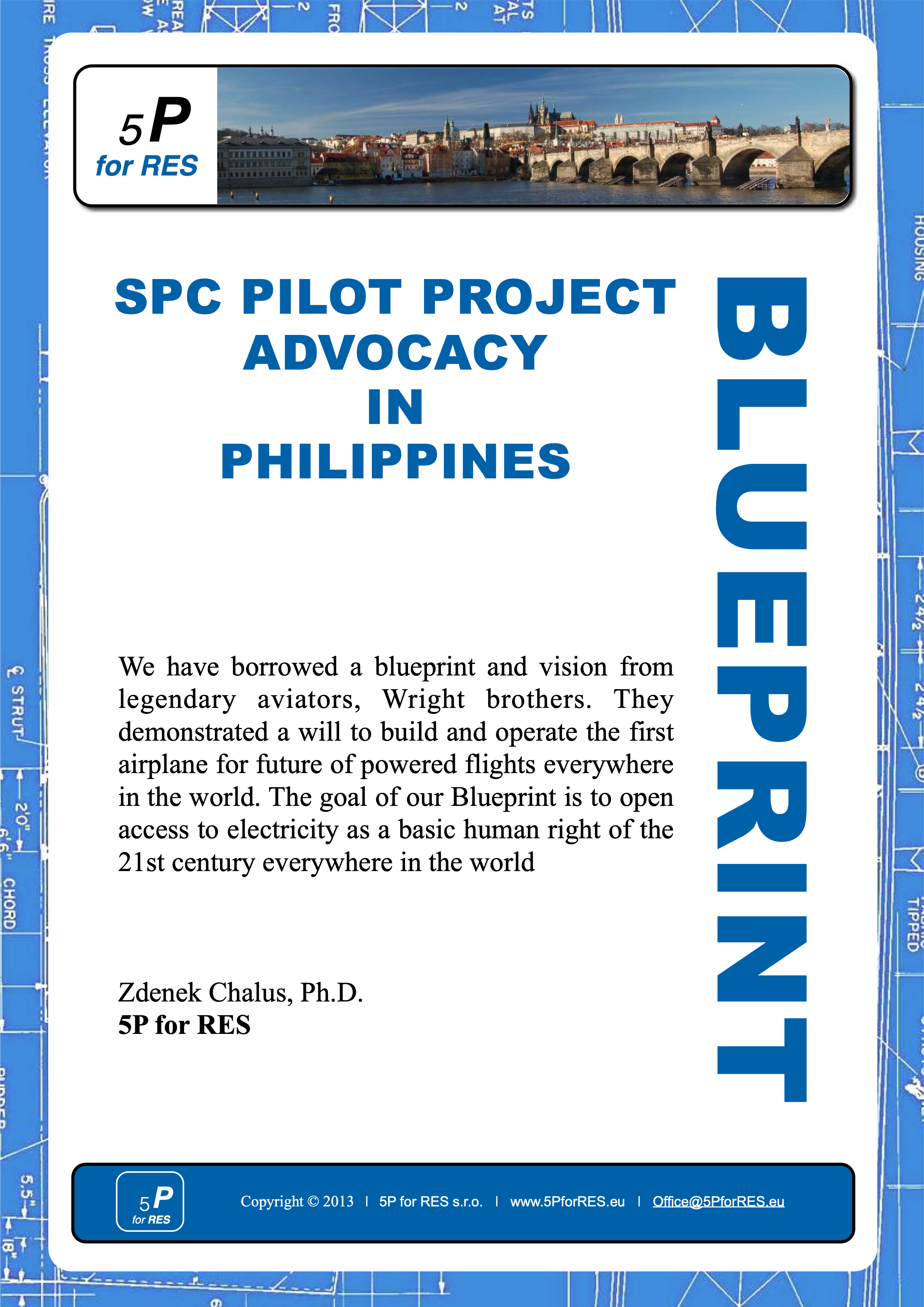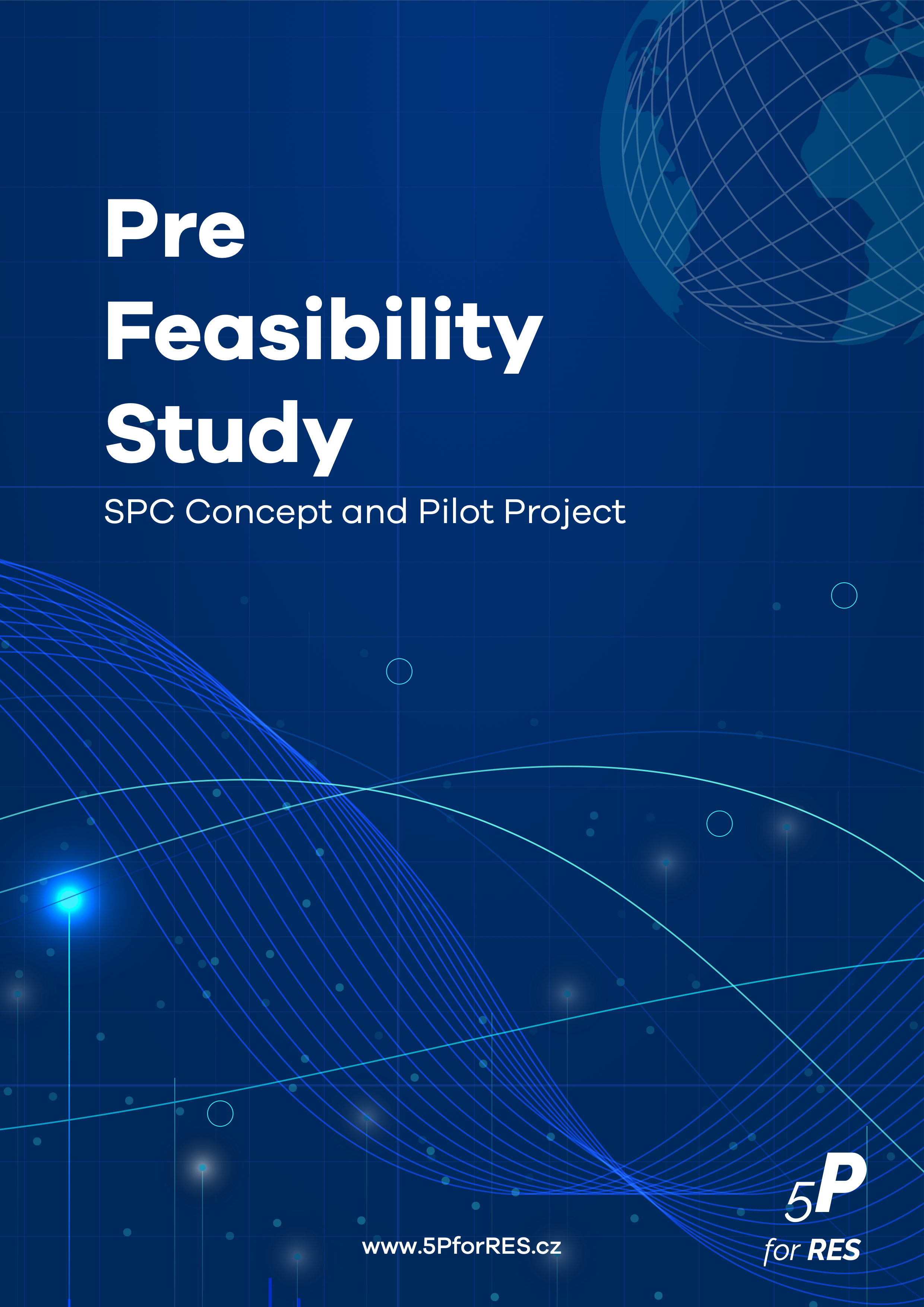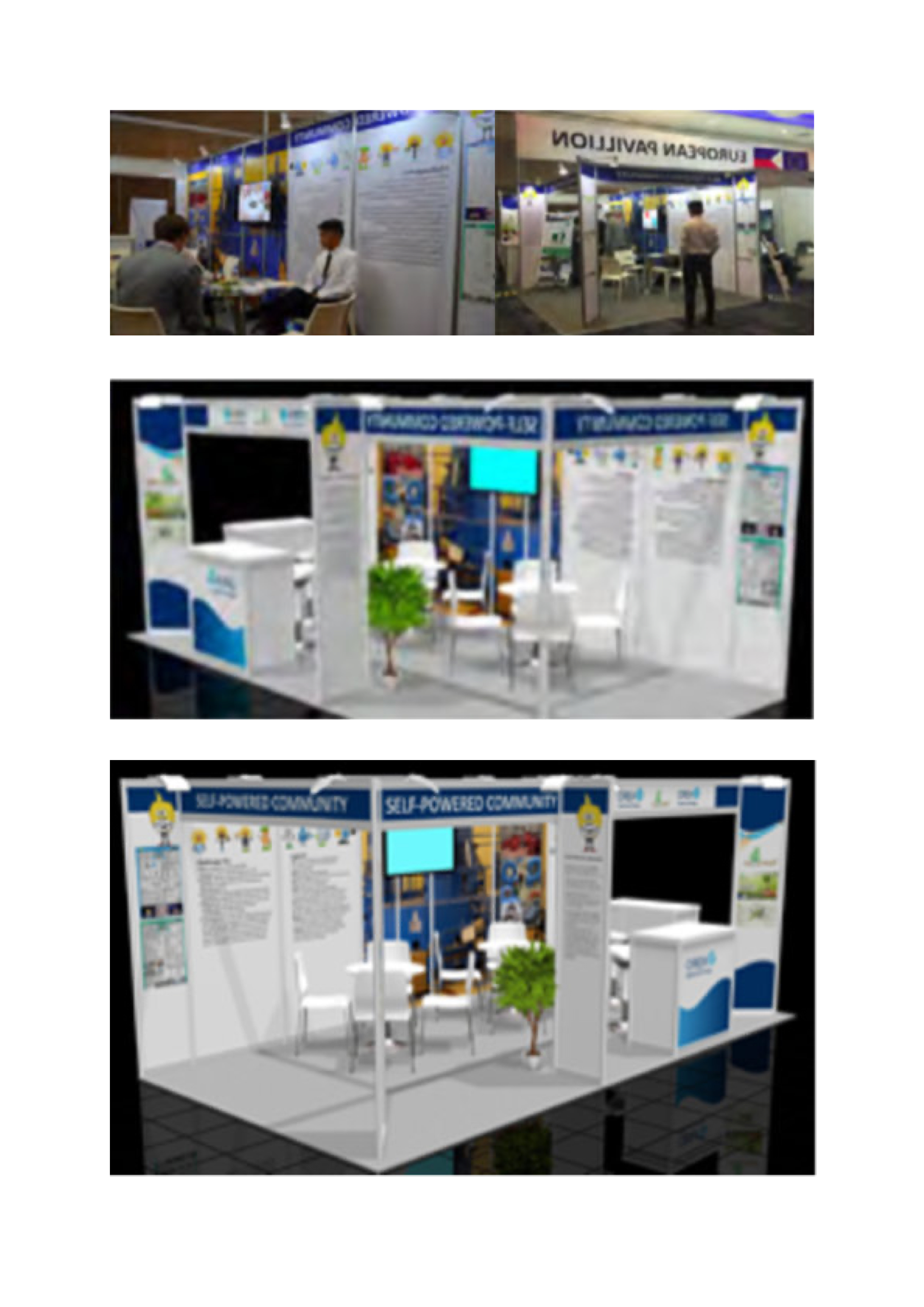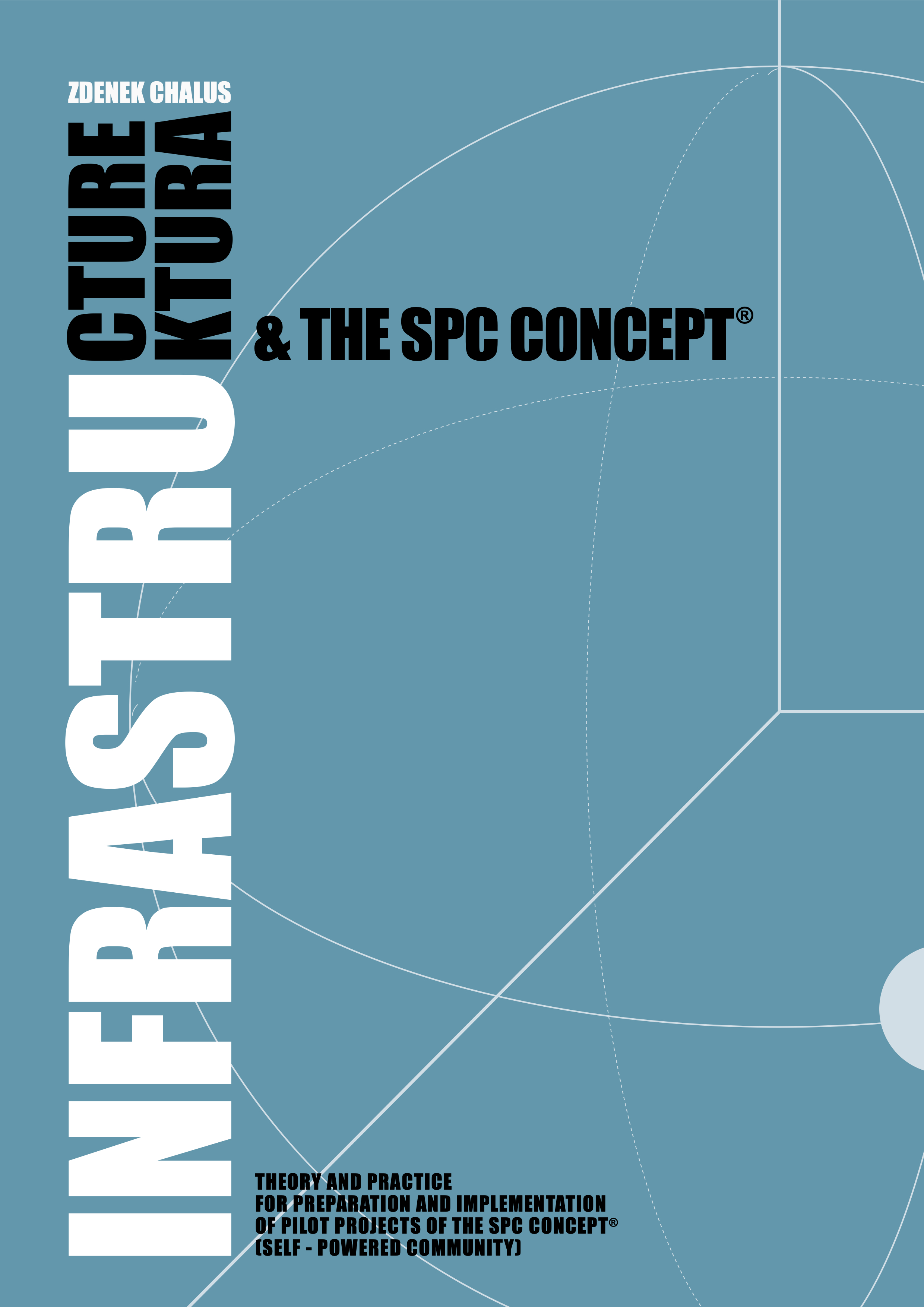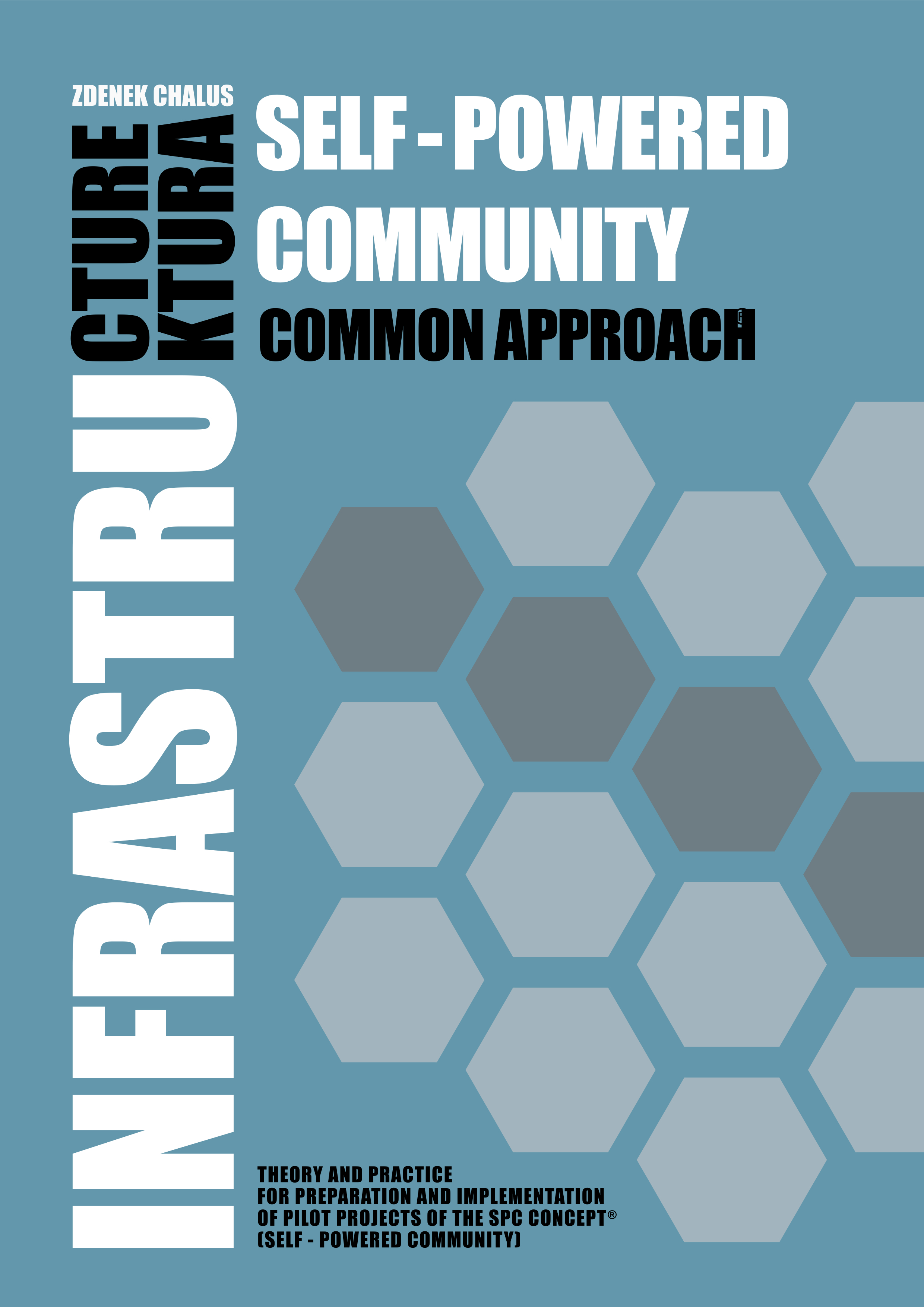Welcome to the Self-Powered Community website.
The Genesis section is for anyone interested in going deeper into the maturation of the Open Webbook. Maps Author's steps in and out of surroundings of 30 years of his practices (work's outputs) around the SPC forming (around 1990-2020). It demonstrates case examples of the hierarchy of As-Is working statuses. It monitors changes between details and the whole and their relationships with the past and the future.
It presents tasks of the Author's practice by extracting and assigning the subject's essence of all relevant functions to the SPC approach (in the running time of his professional life). All in a fast and turbulent time with the need to protect data and take care of the task completeness (wholeness) in a safe deposit box (in a complex model) for continuing development.
The projects list (their survey) below is an attempt to introduce the package of the thirty years of work in a structure:
I Thesis
Open Webbook is a new Internet platform for anyone with an inner sympathy for the principles of a Self-Powered Community. He is looking for personal, team, or collective positions at the local (provincial) level under the interventions of Global Digital Transformation (GDT) and Global Human Adaptation (GHA) in the GT environment. Such findings belong to Observers, their individuality, tied to the place where they live, work, and have families.
The GT model has tried to define a position for observers, but identification (understanding) of their common platforms is still missing. Chapter F reminds two missing platforms. One is digital (technological), and the other is about human behavior (social). Both platforms have their ordinary (standard) space-time in the GT environment, and it is upon the Observer how he/she is equipped to understand and utilize the As-Is and To-Be options of their chances.
Therefore, both Section on the web bar, About and Genesis, has a common denominator. It is the SPC on its paths to the goal (for all: Author, Concept, Project, Driver, Utility, Target Group, Final Beneficiaries, and other Stakeholders). Section About says who is on the path to the goal, and goals only indicate. Section Genesis introduces approaches (a survey of works, e.g., via their suggested, predicted benefits and pitfalls) as reference units of consensus-making in evaluating common goals. Their harmony and conformity for peace in any ex-ante and ex-post declarations.
It is about life (actual) consensus-based more on data than general talks (which doesn't need misleading information). Such consensus (e.g., for a decision) needs data (primarily complex). It requires an understanding of distinguishing between the As-Is and the To-Be periods. For example, the period (As-Is, To-Be) of one generation (30 years) in details of your time can indicate how you look at data and information at a time of a specific decision linked to your responsibility for the decision. With exaggeration, it is about finding the right (reference) place in your history for the actual As-Is. It is the right moment for a self-survey of your Capacity if some residuum for happiness is still there if needed.
Similarly, it is about finding the right (reference) place in an object's history for the actual As-Is linked to the To-Be of a specific environment, its time-space. After a new project starts (after the preparation stage), any other links to the past don't make sense. If they are missing or are later discovered as wrong, false inputs, it is the project preparation stage failure and not an incorrect interpretation of history. The project is a live 3E (Efficiency, Effectiveness, and Economy) process based on specific As-Is inputs and projected outcomes.
The project can be changed, adapted, etc., but the history "it was" cannot be innovated via 3E evaluation processes. To mix views on the As-Is and stages of the past is logical nonsense. Nevertheless, it appears sometimes. Allows how to implement hidden faults into project operations in different likenesses (like the nativity behavior, an order of the evil wills, stupidity, insufficient knowledge, or high slyness).
For projects, history is a reservoir (well) of good and bad experiences, an opportunity to learn from them, but nothing more. The input source base for To-Be states is As-Is. It respects the time relativity (when), space (where), and the project scope feasibility (how) on the way to the expected end of the To-Be. A project is a process with a beginning and an end, set by algorithms with cost limits for their applications.
It is accompanied by data and information in a pre-set structure. The project, in its life cycle, carries a permanently recognizable system (structure) of the internal relationships of its components. The most important is to maintain their links to the changing environment of the approved project (e.g., the flexibility of the finished work for newly emerging functions that were not on the desk agenda in the As-Is project stage). The life cycle project forms the Genesis of the data via the flow of information that determines (feeds) its long-term usefulness.
But, data geneses and their natural flow, although based on common sense, always will fluctuate in the relativity of time, in deformations caused by humans, and in mistakes initiated by different sources (e.g., Murphy laws). Similarly, general, specific, or personal information can look fuzzy, but finally, it matures on data. The optimist can believe in the wisdom of people's generation that available information is based on common sense and is relevant (unique) to each project. The pessimist will not have the same belief, but it won't do him/her any good.
Only one rule exists for both. Neither optimists nor pessimists must not see only data that is around them and link a stream of surrounding information to them. It is a fuzzy, not algorithmic, environment. Both are under pressure from the same influencers, derivates of data, and accompanying statements. We know them; they are around any project. As, e.g., obtrusive populists, mainstream disseminators, artists of fear and panic in any branches and social groups, and in any social instability stages, in the beginning, they are invisible and finally unmanageable, fatal actors.
The project preparation and implementation process is a test for understanding the relativity between objects at the As-Is state and steps (algorithms) of transformations into the conditions of the To-Be. The first As-Is state says what is on (in quantity or quality of things, ideas, etc.) and what is on the hand now (in real-time). We mostly respect this value because it was created and based on historical processes of the past time.
But it can be very unclear and confusing. It is always when the project definition is missing and the path to the goal is not at least a little measurable. It happens when other approaches (not projected) generate fuzzy conglomerates of fiction "via false dreams and populist visions." These paths are not measurable; they occupy law and its courts and are often used as a source of dangerous risks and war conflicts.
The Genesis section offers a quick overview of data and information about the author's personal experience with project activities during the last 30 years and supplements the survey of scientific impulses, research practices, and knowledge and skills presented in the Section references.
The Genesis offers a sample (a snapshot) of project processes in a timeframe of one generation (it gives a sense with a link to the example of the narrative in Figure C7d: Father and Daughter in time virtual talk). Presenting their histories, stories, and reportages is challenging for personal or team creativity. Time of 30 years is an exciting object for philosophy and real-life testing processes and a valuable source for the links to the coming generation.
The project is the tool for developing activities from stages As-Is to the stage To-Be (e.g., UN SDG vision and worldwide SED, DRR, and HA streams of projects with local impacts and shifts on the global level).
The task is: how to live and survive in the GT environment.
The project is a methodology that teaches us how to build and operate models of the reality around us, helping us gain more wisdom, knowledge, and practices from Nature, the Earth, and the Universe.
The task is: how to understand and utilize the GT environment.
II Internet
The Internet is a new window of the Human into the Great Triad (G.T.) environment. It helps the Human communicate and opens new ways of thinking and understanding Nature's beauty and the Earth and Universe's mystery. All via data gathering, storing, and distributing to all (anybody) with the potential everywhere, via the flows of never-ending information. The Internet needs three assumptions:
To own reliable and sustainable the Nearest Universe (the orbit for satellites),
To have adequate human participation in operations, administration, and development of the Internet phenomenon.
To offer the Human (of all social, interest, cultural, spiritual, and worldly interests) a standard and new language for mutual communication in the profile of human-machine cooperation.
The Challenge for the Human (e.g., from an Observer of the Great Triade) could look like this:
"Dear Human Population, get the Nearest Universe (the safe satellite's services) under your control because it is the most important agenda for the Human in the matter of the distributed system agenda, and Machine Learning (ML) assistance for effective communication that drives social and business contacts, their safety, development, and sustainability."
Are these the recommendations for the change in Internet quality and quantity for the need of the people living in the GT environment, asking the Observer?
The Internet is a human-made product. It does not need any conscious faults like cyber-attacks or wars for its never-ending services. That all is about human failures. As partners of the GT, humans can hedge this wrong behavior themselves and stop it via the technologies they have on hand. How? To utilize cultural roots and not let destroy moral and ethical values accumulated over millennia be broken.
While working at CERN, Tim Berners-Lee, a British scientist, invented the World Wide Web (WWW) in 1990. The web was initially conceived and developed to meet the demand for automated information-sharing between scientists in universities and institutes worldwide. The name CERN is derived from the acronym for the French Conseil Européen pour la Recherche Nucléaire, and today the Internet fulfills a broad spectrum of different tasks (technical, economic, cultural, ethical and helps to build models of views into the past and the future).
The Internet symbol, the WWW, is about 30 years old. Now penetrates fast into the lives of the following generation and is starting to build the bases of distributed thinking, behavior, and business in all branches spontaneously. Forms assumptions for new structures on the paths to the Global Digital Transformation (GDT) and Global Human Adaptation (GHA).
The Internet is likely to play a crucial role in these transformations - stimuli from the Internet form the skeleton of the design of the Webbook.
Three steps of SPC Websites illustrate this path from 2012 until now. The first website was looking for a position of the project's role utilized for social and economic development. The second website registered climate change and other influencers on Human sustainability in the GT environment. Both have had the same mission: to present the SPC Concept for applications on the global level via an idea of an organization, 5PforRES.
It was a crazy task but not a new one. On one side, there was an idea at an "unknown" position, and on the other side, a "sea" of problems in the care of the most prominent institutions and decision-makers. So, the SHIFT to the Open Webbook platform was a logical step.
The Open Webbook solves the transition from the human-human relationship to the machine-human coexistence in the GT environment's project preparation and implementation processes.
The Webbook is about it, and the Internet represents the communication environment. The sense of this comment is to underline the content against a form of Internet. The task is to discover all offers of the Internet (e.g., its role in the distributed system development for the environment of both GDT and GHA and not be staying at a wall only because people are doing evil and harmful things (e.g., see more in Chapter C6). Views on the internet functions are changing (e.g., https://onezero.medium.com/demonopolizing-the-internet-with-interoperability-b9be6b851238).
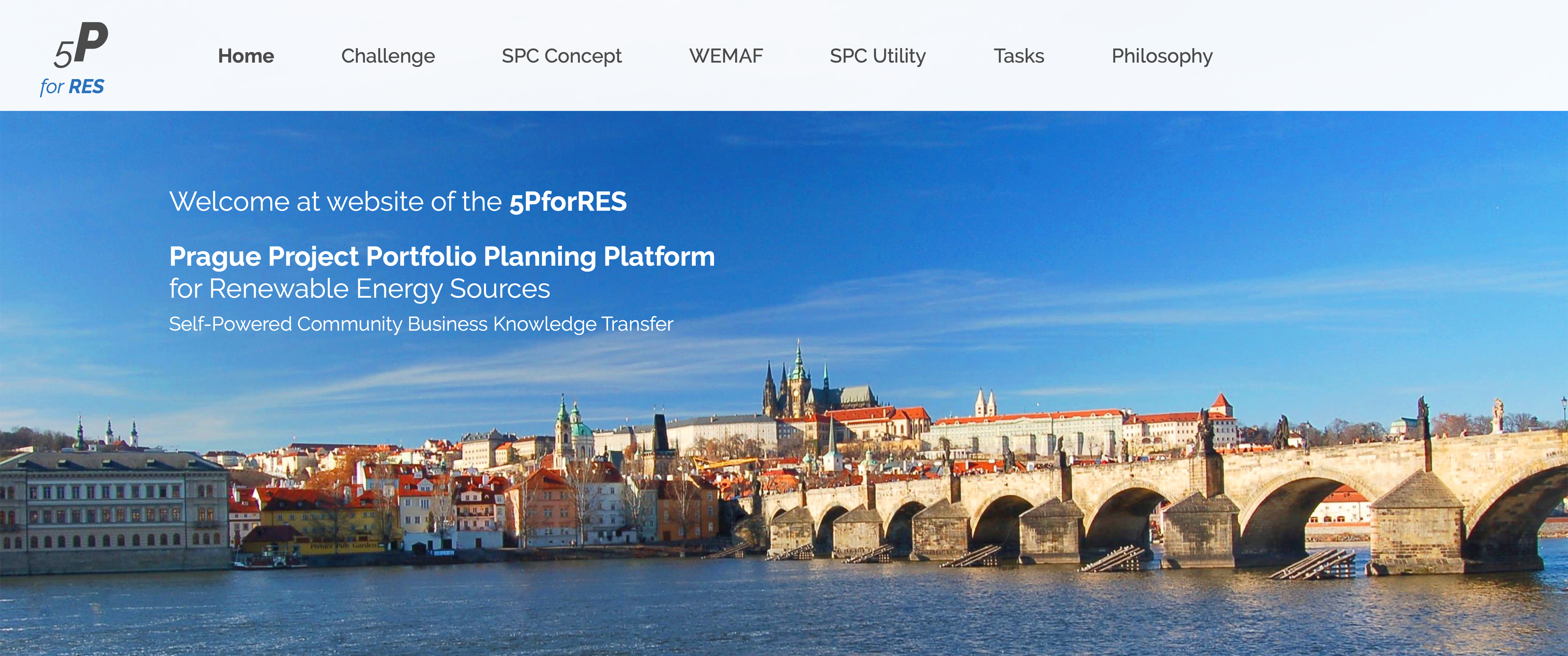
Web 1. 2012–2017, web page, and Web 2. 2018–2022, the web page has a common historical characteristic. 5PforRES (Prague Project Portfolio Planning Platform for Renewable Energy Sources) is a project assisting in developing and promoting the Self-Powered Community (SPC) in its three key directions: SPC Concept, SPC Utility, and SPC Drivers.
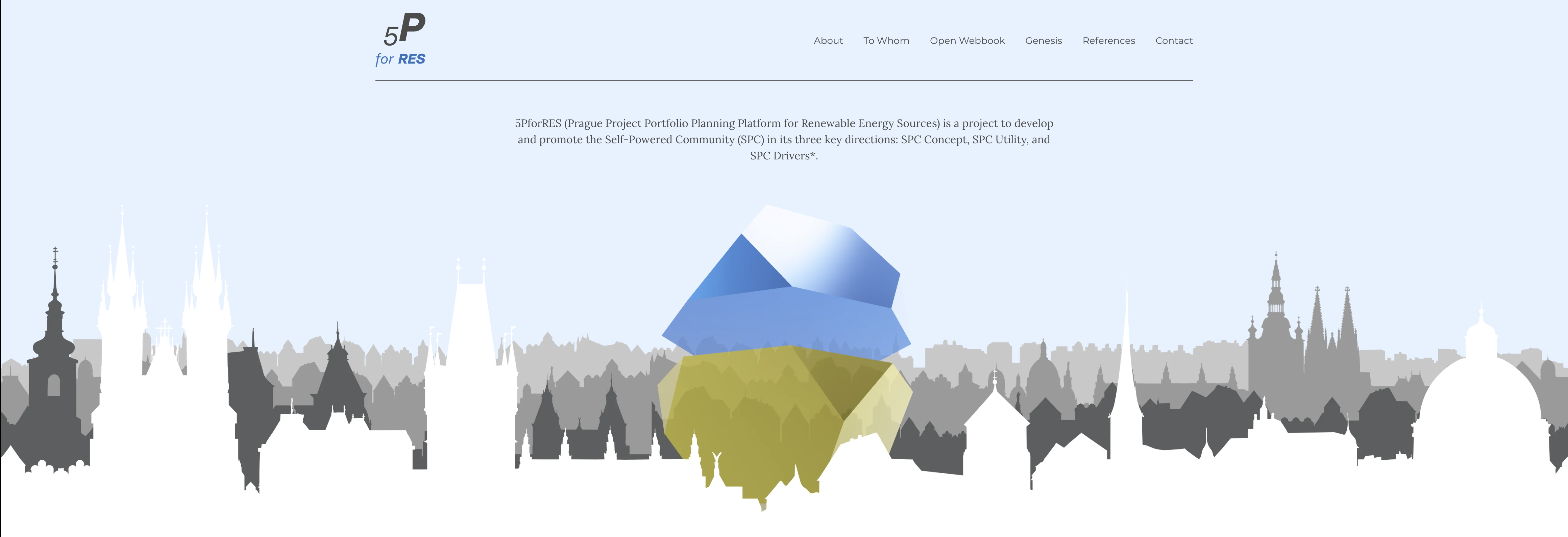
Web 3. 2023–2025 is a base for the Open Webbook completion and the following operations involving Target Group (T.G.) and Final Beneficiaries (F.B.s) of low-income provinces to enter the new business distributed system with their initiatives. To activate their initiatives (e.g., via SPC Utility founding in their provinces) and participate in their local development and global initiatives like UN SDG and worldwide SED, DRR, and H.A. projects.
III The Open Webbook
Open Webbook is a logical step that evaluates the author's previous work and uses the growing power of the Internet. Primarily in the distribution of knowledge and experience in the infrastructure governance field. Let's just briefly recall the term Governance and Infrastructure.
III.a Governance
Governance is the process of interactions (on strategy, tactic, and operations levels) through ideology, business, policy, laws, and norms via the power or the language of a "power" unit over objects of the social or business environment.
The social system includes a family, tribe, their formal or informal organization, and institutions on the territory or across territories services) and business systems (organizations, like corporations, or any services and production enterprises and firms). Both social (primarily public, nonprofit) and business (private principally) have their "power" unit individual or agglomerated into networks nationally or worldwide.
The state and territorial institutions (governments), any organization (a supreme "power" of services and production) on the market, or any other services or products of businesses network (mostly internationally) do it. They distinguish the role of administration, management, and governance. Administration represents creating plans and actions to achieve the objectives of the company. Management is the process of implementing these plans to reach the final goal.
Administrative functions are legislative, whereas managerial procedures are executive. The management (administration) is responsible for running the organization's daily day-to-day activities. The governance determines the mission and provides a direction to the organization (or project), its stability, and sustainability in the broader spectrum of the surrounding environment (e.g., in the background of the GT). It justifies the governance position of its responsibility for appointing the management and monitoring the overall organization's performance.
III.b Infrastructure:
Infrastructure accompanies objects: living and non-living things and their structures. Infrastructure is everything located under their structure (construction), enabling (ensuring) the fulfillment of functions that usually condition the object's existence. All living things need water, air, food, and several tools for their existence and survival (e.g., humans, animal, bird, fish, bugs, trees, and flowers).
All inanimate objects (e.g., for humans, such as houses, schools, factories, hospitals, railway stations, ports, and airports) need a water supply, heating, road networks, railways, seaports, airports, cars, ships, and planes. All these objects need their Infrastructure. The author develops this topic in more detail in publication IIIa.10, Section Genesis.
The goal is to propose a common denominator (methodology) of the infrastructure of the above range of objects. It is an infrastructure of simple existence in the interactions of the development of the functions of objects (things) with the need for sustainability in the GT environment. In most cases, these are objects to which a person has an ownership relationship, generally private or public.
This relationship is transferred from the structure of things to their Infrastructure, although not directly and automatically.
To be able to describe (instead define) the goal of finding a common denominator in such a broad spectrum of functions, we will abstract from the property ambitions of man and focus only on the operations of objects, on their hierarchy and cooperation, and on the way of links between governance tasks and the fulfillment of functions of things through their Infrastructure.
To simplify the roles of the infrastructure manager, we will appoint a person with a background check, an official. Commissioned by a monarch, today usually a politician, he/she pioneered the growth of the skill we now call governance, obviously linked to the demand for infrastructure services.
After the Industrial Revolution, which ushered in an era of global economic growth, the role of the official (clerk, administrator) transformed into two main currents. Opportunities for self-realization increased, and new impulses of motivation affected both streams, public and private. The goal was the same; profitability, or at least return, but certainly the desire for success.
However, each stream's path to winning and the required methodology unfolded differently. Although the object was the same (e.g., entity acquiring for a service or production), the perception of time consumption and the effectiveness of the goal began to diverge rapidly.
The public sector, fed by spending from public budgets (always, after every election cycle in the hands of politicians), bet more on immediate effects and did not need the natural integrity of its investments (integrity on paper was enough primarily).
The private sector, oriented to profit, growth, and sustainability, strives for the integrity of its expenditures (to stabilize itself on the market). It strengthens the will to compare itself with the competition (accepting to benchmark, consciously and subconsciously, and looking for ways to innovate).
There is still talk of two directions, and the position of the administrator (a clerk) and manager (an entrepreneur), the previously dominant part of the central public administration official (as a symbol of a clerk), is losing its mission.
There is a growing demand for managerial skills and the liberalization of public services. As Infrastructure usually serves both sectors, public and private, in this direction, both sectors call for integrity, standardization, typification, and rapid and sustainable flexibility of everything under them. They know individual success depends on the joint facility's functioning, like the infrastructure.
This bond is strong.
It is about the As-Is of the whole and the To-Be of the individual.
For example, suppose there is a demand for high-quality and long-term sustainable public infrastructure services for people's life, work, sport, and entertainment in places where all individual objects (public and private) are located. In that case, particular objects must incorporate risks and infrastructure needs into their To-Be.
Tax liability is undoubtedly not enough on its own. It is not enough to collect taxes, build a quasi "Jackpot," and accumulate money on financial statements, e.g., for Infrastructure. The task for infrastructure governance is different in how to invest this money and guarantee their efficiency, effectiveness, and economy.
III.c Governance and Infrastructure
Examples are the most understandable; let's distinguish between private and public toilets. Infrastructure perceived in this way includes the content of private Infrastructure on the principle of logic that the functions of a public restroom are the same as a private toilet (e.g., their paths will meet in the best case at a sewage treatment plant). Suppose these services are implemented in a market environment.In that case, all derivatives of the "toilet" function are subject to seductive solutions, e.g., artist's work solutions principles, or without any architects, e.g., freestyle in the nearest wood, as most living creatures do.
What now the Human in the GT environment needs? More hygiene, as his/her population is growing (see the links between hygiene and pandemics impacts), so toilet compositions are logical case examples of the higher interest. If a toilet is expensive (e.g., golden work) or cheap (e.g., a hole in the ground), sorry, it is not the primary case that reflects this case example.The most important is the infrastructure of any toilet's needs. This Infrastructure is in a position the case of the final and most complex solution to hygiene needs.
Investment costs are different in the premises of the various toilet (super standards, standards, sub-standards). Still, they are constant for the given situation under the structure of the bathroom (where the toilet is located), e.g., under the house where the infrastructure (e.g., pipeline system). In the infrastructure positions, the costs are tied to the function of service (as a whole) and not the quality of the services provided in a specific toilet room.For completeness, it's not just the sewage itself but also the water supply, electricity, ventilation, heating, and other services that ensure the comfort of the toilet room (under, above, and around the room itself).Then we call it the infrastructure. Thus, e.g., a "toilet" is a "cell" of Infrastructure that creates a new, independent object, which in the size of the city, needs separate administration, management, and Governance.
Never mind how large a spectrum of cheap or expensive "toilets" we can identify, the dominant problem lies in the complex solution in situ (in a building, street, district, or any place in the countryside), which we would like to have under the hygiene control, in order.We can understand the Self-Powered Community (SPC) as a system solution for the sample infrastructure in situ (according to the SPC Driver's protocols). The infrastructural of the "toilets" is presented as a sample system that should end in standard functional units of wastewater treatment plants or other measures of technology.So, Infrastructure and Governance represent a holistic task above the partial solutions of today's investment practice in developing urban, peri-urban, and rural areas. Holistic in synonyms: comprehensive, integrated, aggregate, entire, complete, and total.


